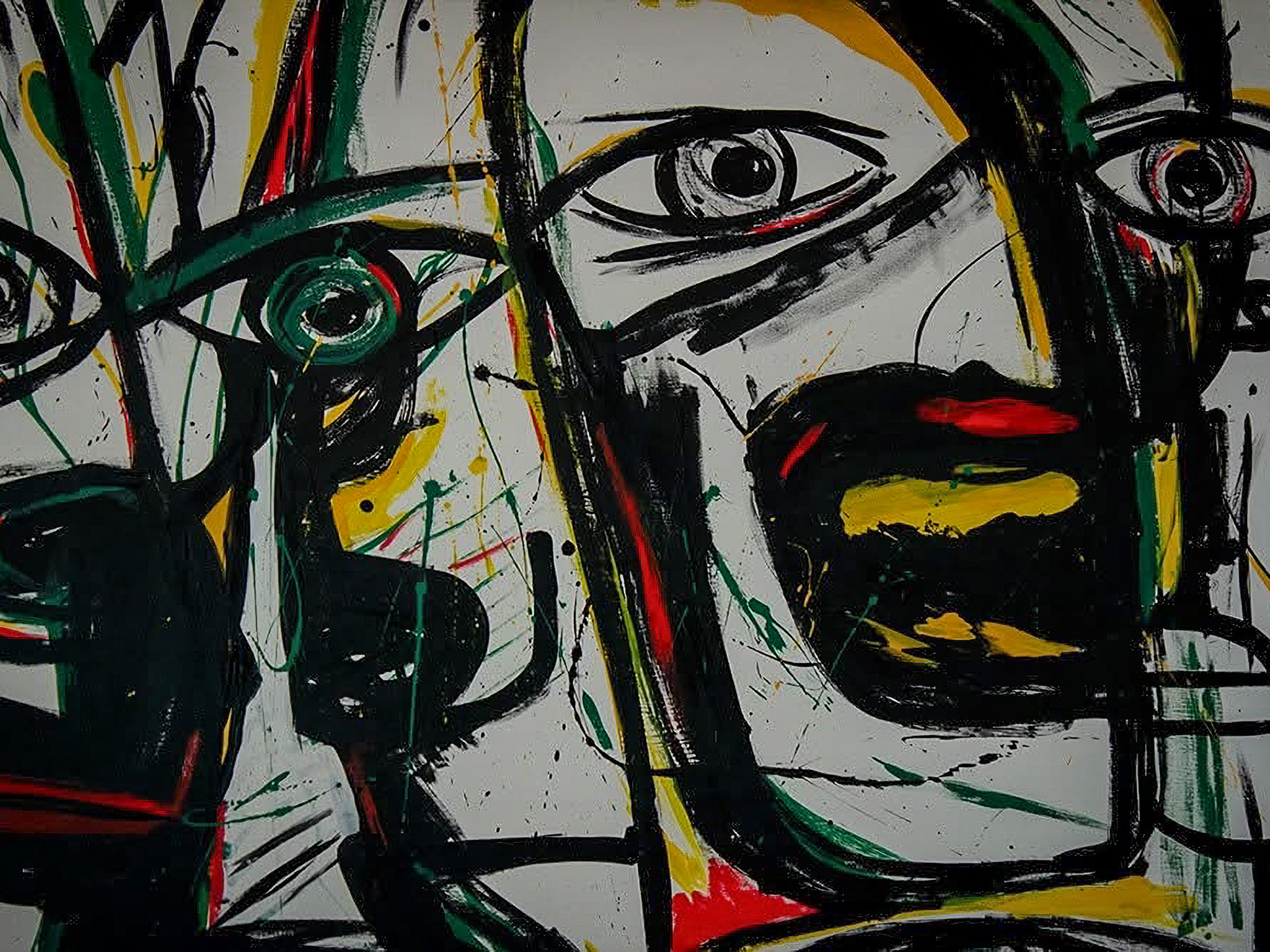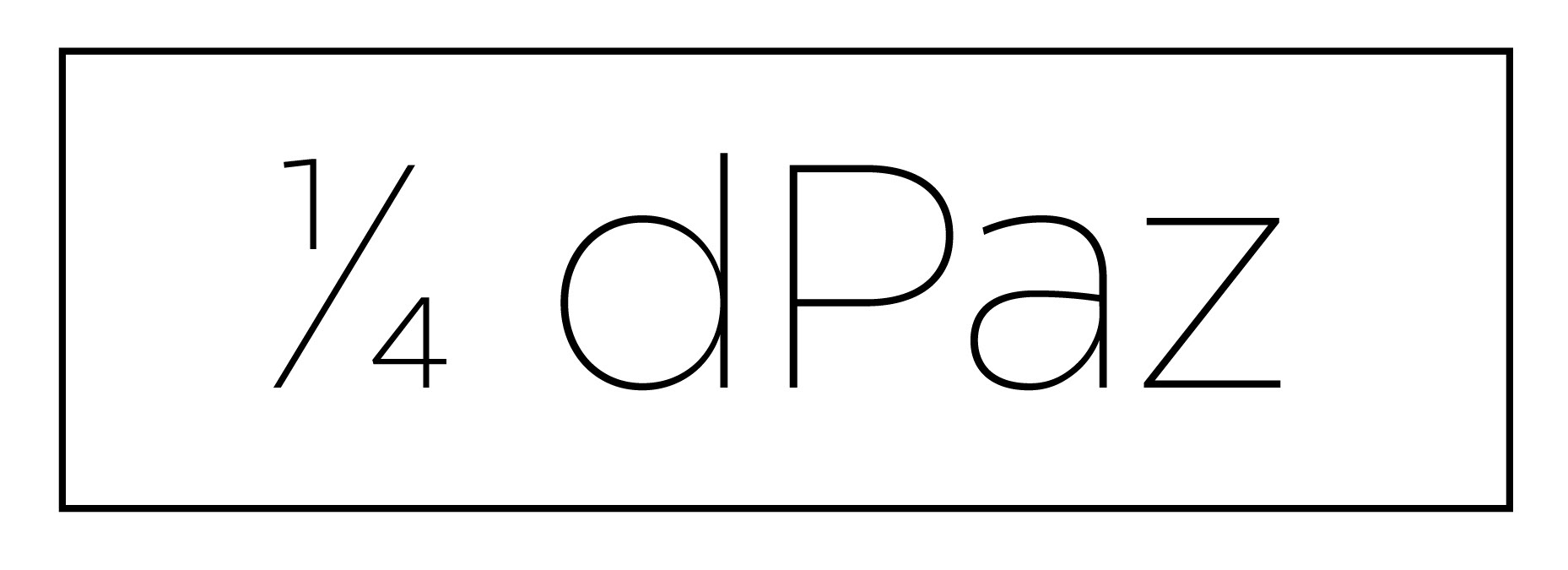


As powerful as the passion that drives us toward fulfillment, it presents the challenge of problem definition.
We are here to bring meaning to life, which is, in itself, senseless. Why did Homo sapiens create fire? Did they truly create it, or did they develop tools to accelerate the ignition process?
Why? What were they trying to solve?
The coldness of the planet they inhabited. Did they seek to harness the magical power of fire? Perhaps one of many possible answers is curiosity, a nonconformist spirit, or simply the feeling that they could.
In any case, it doesn't matter—they created it. Or did they?
We are here to solve experiences, to understand, to learn. To evolve. But what truly drives us to define what needs to be solved?
When I think of the wheel and imagine the creative process behind it, I immerse myself in that ancient world. Under those specific conditions, guided by that complex and simple flow, I am led to concepts of improvement, optimization, and control.
The desire to travel greater distances in less time, with less effort.
These early inventions—the club, the arrow, the wheel—have shaped a fundamental part of the human experience. The power to solve. The power to create.
Tribes, Feuds, Kingdoms, Dictatorships, Democracies.
Agriculture, animal husbandry, arts and crafts, industrialization, neo-abstraction, digitalization, hyper-connectivity, decentralization, big data, artificial intelligence.
It seems that the speed of change is the key variable driving the ramp up curve of our supposed evolution.
Truth versus Order? Functionally, it’s always about order. So, how do we navigate through chaos—one of the only true constants that surrounds and outlives us?
We could understand chaos as a high-dynamic order, moving as fast as light—a system impossible for a single human to manage. Hyper-connections that shift as soon as they are established, weaving an endless network of possibilities, data, and logic.
Is it senseless? If we adopt that perspective, there’s a good chance we might lose our fear. Fearlessness seems to be a state of human completeness, but it’s also a dangerous one. It places us at the edge of infinity—the black hole, the empty jar.
Now, let’s think about Artificial Intelligence. Like the Neanderthal with the club, but accelerated a million-fold.
The sense—a high-dynamic light that blends desire into action.
Are we willing to articulate what we are truly solving today? Perhaps we are stepping into a role where we can act as DJs of chaos, playing from each channel, pitching, freezing, mixing... fast-forwarding, and then rewinding.
In the end, it doesn’t matter. We created it. Or did we? Gun
Keep it sealed, silent, and out of reach.
Vision by @mlbutta execution by @leokitay
-
2025
Background – Leo Kitay Leandro Kitaigorodsky, known artistically as Leo Kitay, was born in Buenos Aires in the summer of 1977. He is a graphic designer, visual artist, university professor, father, and currently also works as a creative project manager and coordinator. He teaches at the University of Buenos Aires, where he serves as Chief of Practical Work in the design chair led by Wolkowicz. His artistic work moves fluidly between urban art, graphic design, and plastic experimentation, characterized by a vibrant, expressive, and contemporary aesthetic where gesture, color, and text become central visual elements. Leo Kitay has participated in numerous national and international exhibitions, including: The Story of the Creative – Angel Orensanz Foundation for Contemporary Art, New York, USA International Art Biennial – Toluca, Mexico BDC 10 – Barcelona, Spain Le Marais Boutique – Paris, France Chaco QOM – Buenos Aires, Argentina Sudestada – Vicente López, Argentina Il Ballo del Mattone – Palermo, Buenos Aires Espacio Milo – Palermo, Buenos Aires In addition to his studio practice, Kitay has developed a prolific body of mural work, both individually and in collaboration with other artists. Highlights include: Murals in collaboration with Milo Locket: Av. Córdoba, Buenos Aires – Tribute to Women Hospital Muñiz – Intensive Care Unit Casa Cuna – Interior Courtyard Hospital San Roque – Main Hall, Paraná, Entre Ríos Solo mural works: Hospital Gutiérrez – Exterior walls Hospital San Roque – Paraná, Entre Ríos Il Ballo del Mattone – Mural intervention in restaurant space IRAM Argentina – Large-scale canvas (5 x 3 meters) Kitay's work reveals a playful, critical, and deeply human perspective of the world around him, constantly engaging in dialogue with urban space, social narratives, and symbolic language.

The Historical Gallery.

